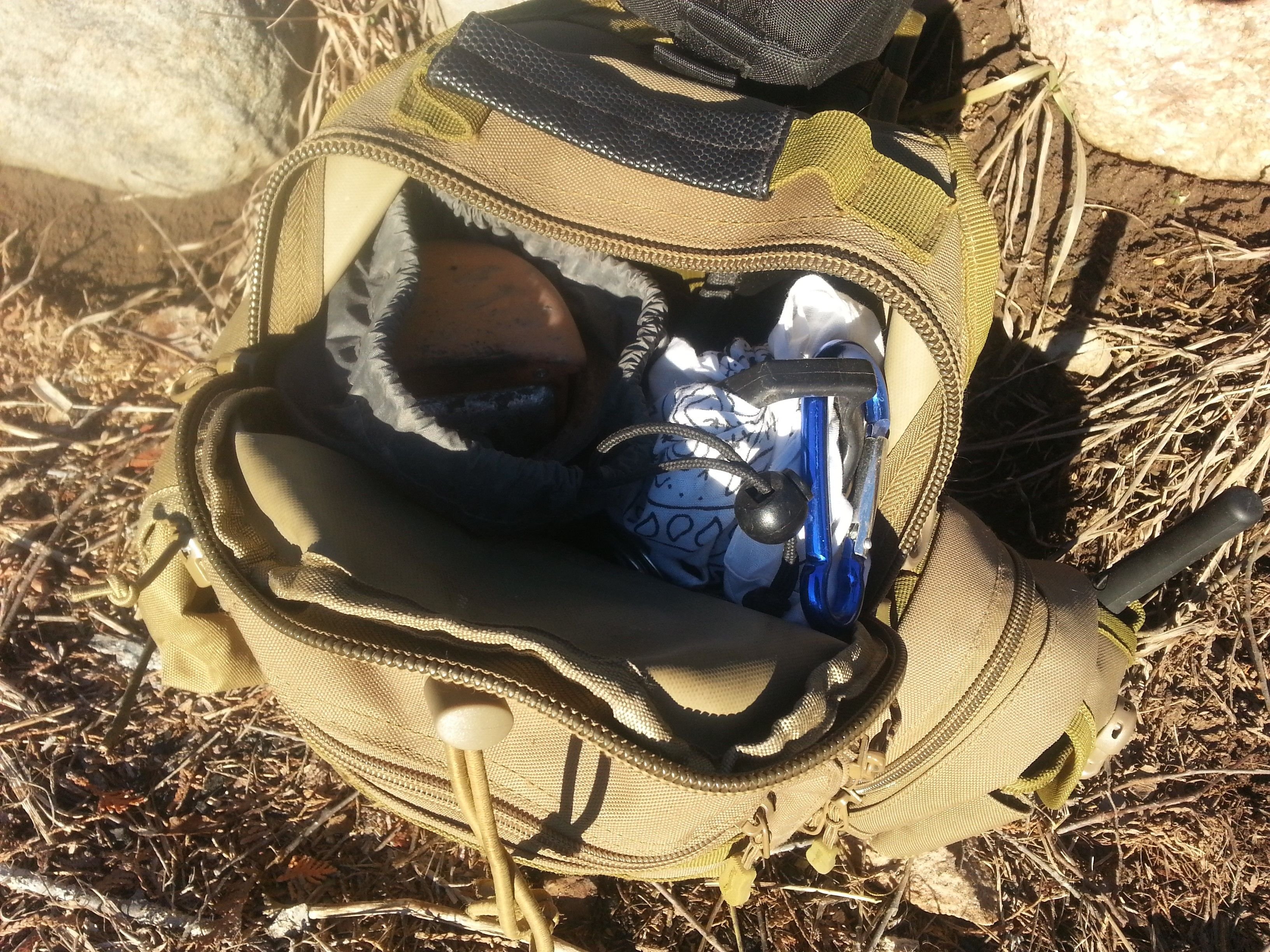This Camp Stove would be great for backpacking, sea side picnics, hunting, prepper survival - and camping. The BioLite camp stove burns wood sticks, twigs, and pine cones for fuel. The 2-piece-snap-together camp stove has an induction element that creates an electrical charge from the difference in heat - from the tip in the forced fire chamber to the other end of the element that is well outside of the large soup can sized fire chamber. The electrical charge that the induction produces is enough to charge a small startup battery, run a forced air fan, and provides a USB 5v-1 amp charging outlet.
Click below to watch a video of the induction powered USB charging in action.
Selecting the Correct Size Battery or Device for Direct Charging
This BioLite camp stove that I am using provides a 1 amp USB charging output. The new BioLite2 model comes with an internal 2600 mah battery and provides a 3 amp USB charging output. You can see in the picture below that the 4000 mah battery that I am charging with this BioLite only requires 1 amp USB input. The 12000 mah battery just underneath it requires a 1.5 amp USB input to charge - too much amperage for this BioLite.

USB Charging Efficiency
Whenever possible it would be best to direct charge any device instead of charging a battery only to charge that device with the charged battery - power is lost in the double charging. Many modern cell phones require 2 amps for charging or more, that is how the small 1 amp chargeable battery pack that puts out 2.4 amps for charging is useful as a middle battery - for charging up to 2.4 amp chargeable devices.

1 amp USB Chargeable Devices
In the picture above are many useful 1 amp USB chargeable devices that could be directly charged with the BioLite 1 amp USB output: USB Chargeable battery, 2-way Radio, Cigarette Lighter, Pen Flashlight, Lamp Flashlight, Digital AM/FM Radio, Bluetooth Radio and Speaker, and Geiger Counter (not pictured).
BioLite Camp Stove - Solo Pack
The large BioLite kettle can be very useful when there's more than one person. Sometimes you only need to cook for one. In the picture below is my BioLite solo boiling and cooking pack for compact and lighter traveling - this pack straps on in front of my chest for balanced pack carrying.

In the picture below is my solo cooking and boiling kit from the above bag. All the metal containers can be dangled over the fire with a stick setup for faster boiling or slower cooking.

BioLite Unpacking and Setup
Click below to watch the video.
Now we'll move location into the dark woods in the above video.
Uses Minimal and Often Available Wood Fuel
Fallen branches and twigs on the forest floor are usually plenty to fuel this camp stove. Below is a picture of the tinder and kindling burn pile gathered in about 5 minutes from the forest floor and nearby grasses:

In the video below the stove chamber is being loaded with dry grasses and twigs - in preparation for the fire starting. I found it easiest and less smokey to load the stove chamber first and then start the fire on the top of the filled chamber twig pile.
Forced Air Fan - Clean Burn
After a solid fire has been started the BioLite camp stove forced air fan and induction charging can be started. Be sure the fire is solid enough that the fan doesn't blow out and create a smoke chimney. In the video below you can see the forced air fan starting up with the push of a button. Later the button is pressed again to put the forced air fan into turbo speed. There is no stopping the fan until the induction rod has fully cooled which results in a very clean burn with minimal ashes.
Starting up the BioLite
Click below to watch the video of the forced air fan and induction charging BioLite startup.
Stoking the fire for a Rolling Boil
In the video below you can see how I stoke the camp stove to bring the water to a rolling boil for coffee. This BioLite camp stove boiling kettle holds 1.5 liters, or just above 6 cups of water. The large size would also be useful for oatmeal, soups, stews, and other food. They do have a french press for this kettle which would work well for brewed coffee, tea, or other straining purposes.
Emergency or on-the-go Water Boiling
In an emergency or out in the wilderness, boiling water may be needed to kill any microorganisms that may be contaminating the water. A rolling boil for 1 minute is enough to kill the microorganisms, they recommend 3 minutes if you are 5000 feet above sea level. Boiling, bleach or iodine treatment, tablets, and many lower cost filters would not remove possible heavy metal, chemical, pesticide, herbicide, radiation, or other modern day and sometimes natural contaminants. Be sure you know your water source well and how to give it the proper treatment.
Here is a link to a Downloadable and Printable PDF file discussing boiling and bleach treatment for water purification: Emergency Disinfection of Drinking water PDF
You may find these previous posts useful:
- Wilderness Survival: Starting a Fire with a Ferrocerium Rod - Multiple Methods
- Batoning Wood and Mincing Garlic with an Old Hickory Chef Knife
- Survival Knives: Tools that would be useful in the Woods
Have a great day!





